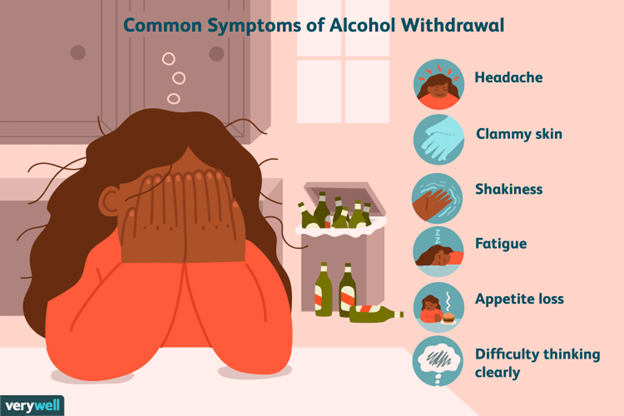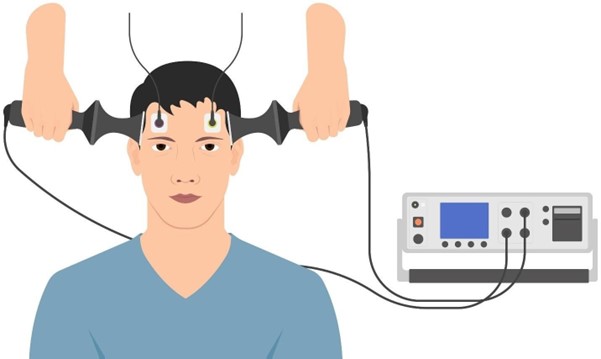A nurse is teaching a group of clients regarding the use of naltrexone in treating alcoholism. What would the nurse teach about the effectiveness of this drug?
It prevents withdrawal symptoms.
It reduces the craving for alcohol.
It is useful in managing heightened anxiety.
It treats depressive symptoms.
The Correct Answer is B
A) Incorrect. Naltrexone does not primarily target withdrawal symptoms. It works by blocking the pleasurable effects of alcohol, reducing the reinforcement that leads to craving.
B) Correct. Naltrexone is an opioid antagonist that reduces the craving for alcohol. It does this by blocking the opioid receptors in the brain, which are involved in the pleasurable effects of
alcohol consumption.
C) Incorrect. Naltrexone is not primarily used to manage anxiety. Its main purpose is to help individuals reduce or stop their alcohol intake.
D) Incorrect. Naltrexone is not primarily used to treat depressive symptoms. Its focus is on reducing alcohol cravings.

Nursing Test Bank
Naxlex Comprehensive Predictor Exams
Related Questions
Correct Answer is A
Explanation
A) Correct. Confusion is a common side effect following ECT. It is usually temporary and gradually resolves.
B) Incorrect. Long-term memory impairment is a potential side effect of ECT, but it is not immediate and is more of a concern with repeated sessions.
C) Incorrect. Feeling full of energy would not be an expected immediate side effect of ECT.
D) Incorrect. Numbness and tingling in the extremities are not typically associated with ECT.

Correct Answer is D
Explanation
A. "It sounds as though the antidepressants are working well. Just ask the client if the client is experiencing any side effects and let me know." This response does not adequately address the change in mood and the potential for hypomania. It assumes the change is solely due to the antidepressants.
B. "I'm concerned. Sometimes depressed people seem contented when they have decided to commit suicide. Let's schedule an appointment for tomorrow." While it's important to assess for suicidality, the description provided does not indicate immediate suicidal intent. The client's behavior is more indicative of hypomania.
C. "Since the client is eating, sleeping, and not behaving inappropriately, there's nothing to worry about. Just let me know if the client starts getting irritable or has trouble sleeping." This response downplays the significance of the mood change and does not address the potential for hypomania.
D. "The client sounds hypomanic. Let's schedule an appointment for this week for an evaluation. The client may need additional or different medication." This response correctly identifies the potential for hypomania and takes appropriate action by scheduling an evaluation. Adjusting the client's medication may be necessary to address the change in mood.
Whether you are a student looking to ace your exams or a practicing nurse seeking to enhance your expertise , our nursing education contents will empower you with the confidence and competence to make a difference in the lives of patients and become a respected leader in the healthcare field.
Visit Naxlex, invest in your future and unlock endless possibilities with our unparalleled nursing education contents today
Report Wrong Answer on the Current Question
Do you disagree with the answer? If yes, what is your expected answer? Explain.
Kindly be descriptive with the issue you are facing.
